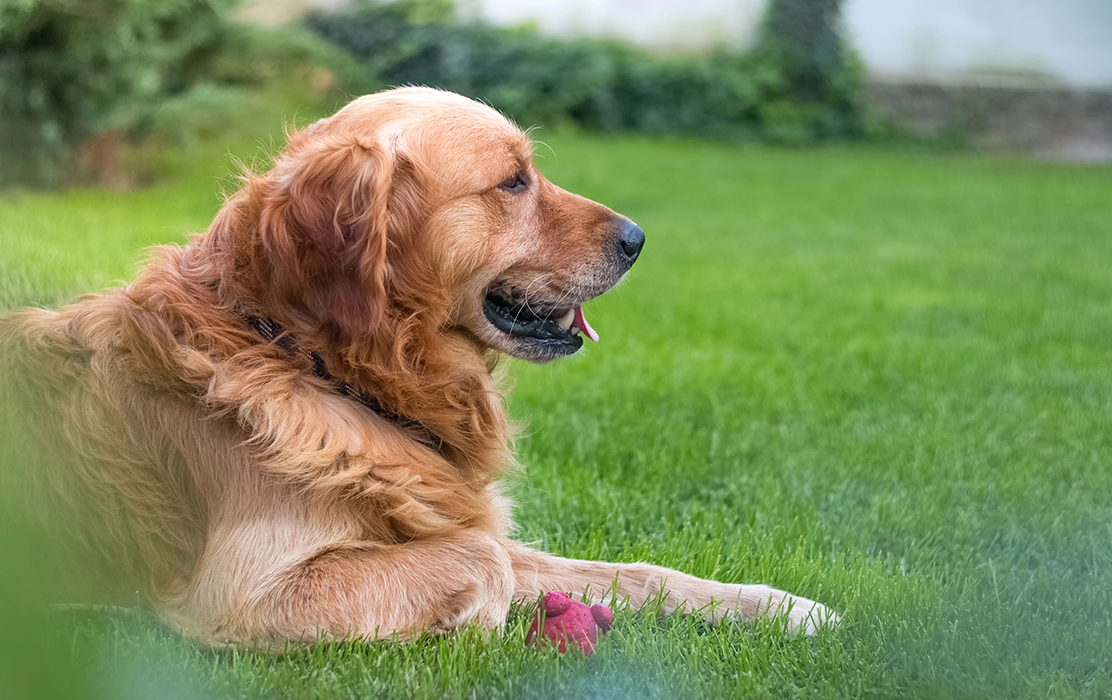Imagine your backyard as a tranquil retreat where you and your furry friends can relax and play. This vision is becoming a reality for many pet owners who are prioritizing pet-friendly landscapes. With increasing awareness of pets’ well-being, creating a safe and enjoyable outdoor space for dogs and cats has become essential.
Pets are more than just animals—they’re family members. Just like any family member, they deserve a space that caters to their needs. This blog post will guide you through the process of designing a pet-friendly landscape, from choosing the right plants to creating engaging play areas. In the following sections, we’ll explore various aspects of pet-friendly landscapes, ensuring safety and comfort while enhancing the beauty of your garden. Let’s dive in!
Understanding Your Pet’s Needs: Safety and Comfort
Safety First
When it comes to designing a pet-friendly landscape, safety is paramount. Dogs and cats are naturally curious and adventurous, which can sometimes lead to trouble. To create a safe environment, start by securing your yard with a sturdy fence. Ensure there are no gaps or weak spots where pets could escape or injure themselves.
Comfortable Spaces
Comfort is equally important. Pets need shaded areas to cool down on hot days and cozy spots to rest. Consider planting trees or installing shade structures to provide relief from the sun. Soft, grassy patches or pet-friendly ground covers like clover can also offer comfortable resting areas.
Toxic Plants
Be aware of plants that can be harmful to pets. Certain flowers and shrubs, like lilies and azaleas, are toxic to dogs and cats. Opt for pet-safe plants instead, such as sunflowers, marigolds, and petunias. Always research a plant’s toxicity before adding it to your garden.
Designing Your Landscape with Pets in Mind
Choosing Pet-Friendly Plants and Materials
Selecting the right plants and materials is crucial for a pet-friendly garden. Look for plants that are non-toxic and durable. Hardy perennials and ornamental grasses can withstand rough play. Additionally, consider using mulch made from coconut husks or recycled rubber, which are safer alternatives to cocoa mulch, known to be toxic to pets.
Creating Pet-Friendly Play Areas
Design dedicated play areas to keep your pets entertained. For dogs, consider adding agility equipment like tunnels, ramps, and hoops. Cats, on the other hand, might enjoy climbing structures and hiding spots. Sandpits can provide a digging area for dogs, while cats might appreciate a small patch of catnip or tall grasses to explore.
Incorporating Water Features
Water features can add beauty and function to your garden. A shallow pond or fountain can serve as a drinking source and a play area for pets. Ensure the water is clean and free from harmful chemicals. For added fun, consider installing a splash pad or a small wading pool where dogs can cool off during hot days.
The Environmental Impact of Pet-Friendly Landscapes
Creating a pet-friendly landscape isn’t just beneficial for your furry friends; it’s also good for the environment. By choosing native plants and sustainable materials, you can reduce your garden’s ecological footprint. Native plants require less water and are more resistant to local pests and diseases.
Promoting Biodiversity
Pet-friendly gardens can also promote biodiversity. By planting a variety of flowers, shrubs, and trees, you can attract beneficial insects, birds, and other wildlife. This creates a balanced ecosystem where pets can safely interact with nature.
Reducing Chemical Use
Minimize the use of chemicals in your garden. Pesticides and fertilizers can be harmful to pets and the environment. Instead, opt for organic alternatives and natural pest control methods. Composting kitchen scraps and yard waste can also enrich your soil without the need for synthetic fertilizers.
Maintaining Your Pet-Friendly Garden
Regular Maintenance Tips
A pet-friendly yard requires regular maintenance to stay safe and beautiful. Start by routinely checking for potential hazards like sharp objects, toxic plants, or standing water. Trim overgrown plants and repair any damaged fencing to prevent accidents.
Cleanliness
Keep your lawn clean and free of pet waste. Designate a specific spot for pets to relieve themselves and regularly clean the area. This prevents the spread of parasites and diseases.
Seasonal Care
Seasonal changes can affect your garden’s health and safety. In the winter, ensure pets have warm, dry shelters. In the summer, provide plenty of water and shaded areas to prevent overheating. Adjust your lawn care routine to accommodate seasonal needs and keep your pets comfortable year-round.
The Joy of Sharing a Beautiful Space with Your Pets
Creating a pet-friendly landscape is a rewarding endeavor that benefits both you and your furry companions. By designing a garden that caters to their needs, you can enhance their quality of life and strengthen your bond. From safe and comfortable spaces to engaging play areas and water features, there are countless ways to make your garden a pet paradise.
Meadows Landscapes: Designing Pet-Friendly Lawns
At Meadows Landscapes, we understand the importance of creating a safe and enjoyable outdoor space for your pets. Our team of experts can help you design a beautiful and functional pet-friendly landscape that both you and your furry friends will love. Contact us today to schedule a consultation. Let’s create a landscape that brings joy to all members of your family!



